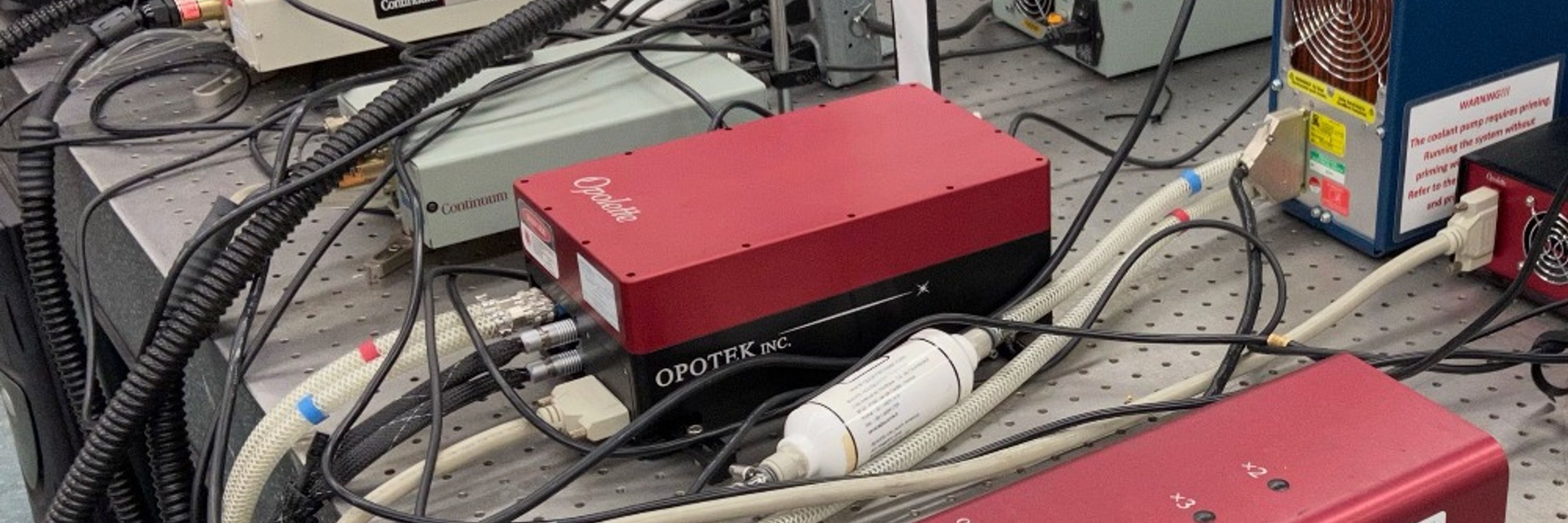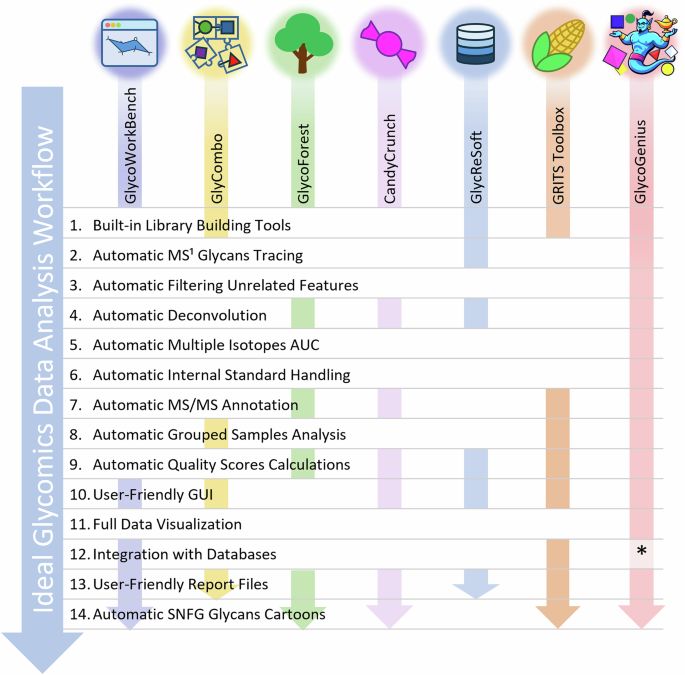


Source: Journal of Proteomics
Author(s): Isabela de Oliveira Cavalcante Pimentel, Wellington da Silva… #MassSpecRSS
Source: Journal of Proteomics
Author(s): Isabela de Oliveira Cavalcante Pimentel, Wellington da Silva… #MassSpecRSS


Source: Journal of Chromatography A
Author(s): Muhamad Yahia… #JChrom #MassSpecRSS
Source: Journal of Chromatography A
Author(s): Muhamad Yahia… #JChrom #MassSpecRSS

Source: Talanta, Volume 299
Author(s):… #Talanta #MassSpecRSS

Source: Talanta, Volume 299
Author(s):… #Talanta #MassSpecRSS
Source: Analytica Chimica Acta
Author(s): Amirsalar Mansouri, Nipun Babu Varukattu, Brennan J. Curole, Omeed Moaven, Jiri… #AChimActa #MassSpecRSS

Source: Analytica Chimica Acta
Author(s): Amirsalar Mansouri, Nipun Babu Varukattu, Brennan J. Curole, Omeed Moaven, Jiri… #AChimActa #MassSpecRSS
DOI: 10.1039/D5JA00389J, PaperChaofeng Li, Zhu-Yin Chu,… #jaas #MassSpecRSS #AtomicSpec
DOI: 10.1039/D5JA00389J, PaperChaofeng Li, Zhu-Yin Chu,… #jaas #MassSpecRSS #AtomicSpec
Rationale
Inductively coupled plasma (ICP) is a commonly used ion source for mass spectrometry-based chemical analysis of a wide range of materials.… #RapidCommunMassSpectrom #MassSpecRSS

Rationale
Inductively coupled plasma (ICP) is a commonly used ion source for mass spectrometry-based chemical analysis of a wide range of materials.… #RapidCommunMassSpectrom #MassSpecRSS


DOI: 10.1039/D5AY01659B, Technical NoteShin Nishiumi, Tomonori Yokoyama, Noriyuki Ojima
Mass… #MassSpecRSS
DOI: 10.1039/D5AY01659B, Technical NoteShin Nishiumi, Tomonori Yokoyama, Noriyuki Ojima
Mass… #MassSpecRSS




Source: Journal of… #JChrom #MassSpecRSS
Source: Journal of… #JChrom #MassSpecRSS

